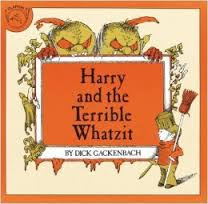Item of interest
Simple Thought Record
A simple thought record is one of the main
tools used in Cognitive Behavior Therapy. This Tool Can be used for individual
or group sessions. It is used to help break down a problem or situation into
smaller parts. First it is important for the client/student to understand the
connection between thoughts and feelings: “How the way we think can affect our
actions and mood”. Students often need help and practice at identifying the
link between thoughts and emotions before they move on to challenging these
negative thoughts and replacing them with more helpful/positive thoughts. Some
clients might find it helpful to practice identifying Negative Automatics Thoughts
using a Simple Thought Record before introducing the process of evidence-gathering
and thought challenging. The simple thought record will ideally help identify
triggers for anxiety, depression, stress, etc. and help connect thoughts with
these feelings. The next steps for a more complex thought record would include
alternative and positive ways of thinking and ways you can include them in your
life.
Simple thought record
Situation
Who, what, when, where?
|
Thoughts
What was going through your mind as you started to feel
this way? (thoughts or images)
|
Feelings
What did you feel?
Rate your emotions 0-100%
|




